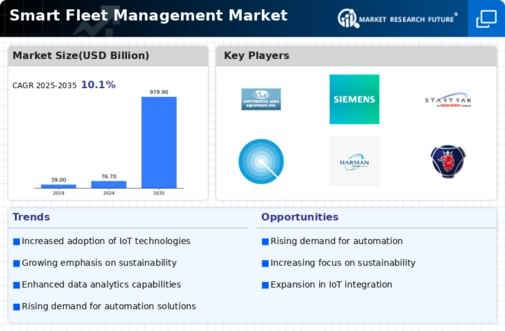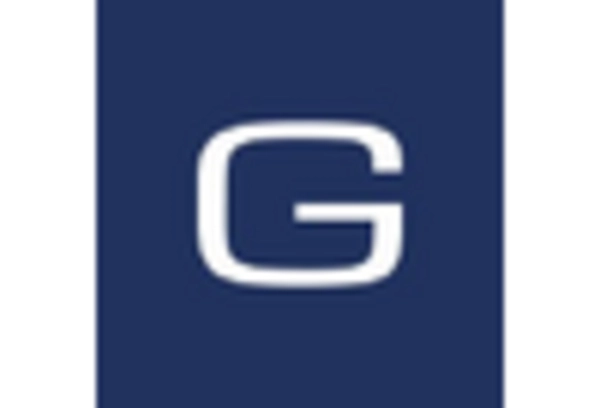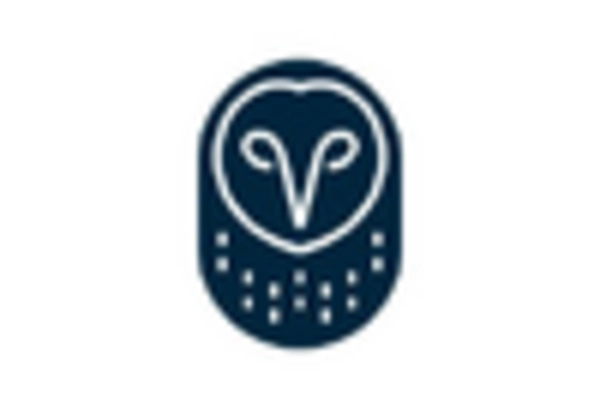Market Trends
Key Emerging Trends in the Smart Fleet Management Market
Using technology, like digitalization, is a big reason why railways are getting better. It gives us chances to make things more modern, keep our assets working well, and make the experience better for passengers. Digitalization helps us get information about what's happening on the railways right away and makes it easier to predict when we need to do maintenance on things like tracks and trains.
The Internet of Things (IoT) makes managing railway assets better. Now, we're talking about making computer versions of important assets, like 'Digital Twins'. These Digital Twins act like real assets, helping us understand how well they're working and how well they're designed.
Augmented reality (AR) and virtual reality (VR) technologies are making training for railway workers better. This means we don't always need experts to be there in person during training or when there are problems. These technologies can also help us manage assets from far away. More and more, these technologies are becoming popular in the railway industry, and we expect this trend to keep growing until at least 2022. There will also be a growing need for services related to advanced analytics, machine learning, and simulation to support these improvements.
Since 2019, more and more people have been using these digitalization techniques because smart trains and connected railways are becoming more affordable globally. For example, a report by Cisco suggests that in the next 12 years, about USD 30 billion will be spent on IoT projects in the rail sector. These projects could include things like better passenger information systems, improved manufacturing processes, and real-time incident alerts.
Overall, the widespread adoption of digitalization techniques in the railway industry is transforming the way things work. The focus on smart trains and connected railways has led to significant improvements, making transportation more efficient and enhancing the overall experience for passengers. Digitalization not only streamlines operations but also ensures the reliability of assets through predictive maintenance. The concept of 'Digital Twins' for critical assets allows for a better understanding of their real-time performance and effectiveness in design. Augmented reality (AR) and virtual reality (VR) technologies are revolutionizing training sessions for rail personnel, reducing the dependence on physical presence during training, fault isolation, and resolution exercises. As these technologies become increasingly integrated into railway practices, the industry is set to witness continued growth and advancements, fostering a more connected and efficient rail network for the future.

















Leave a Comment